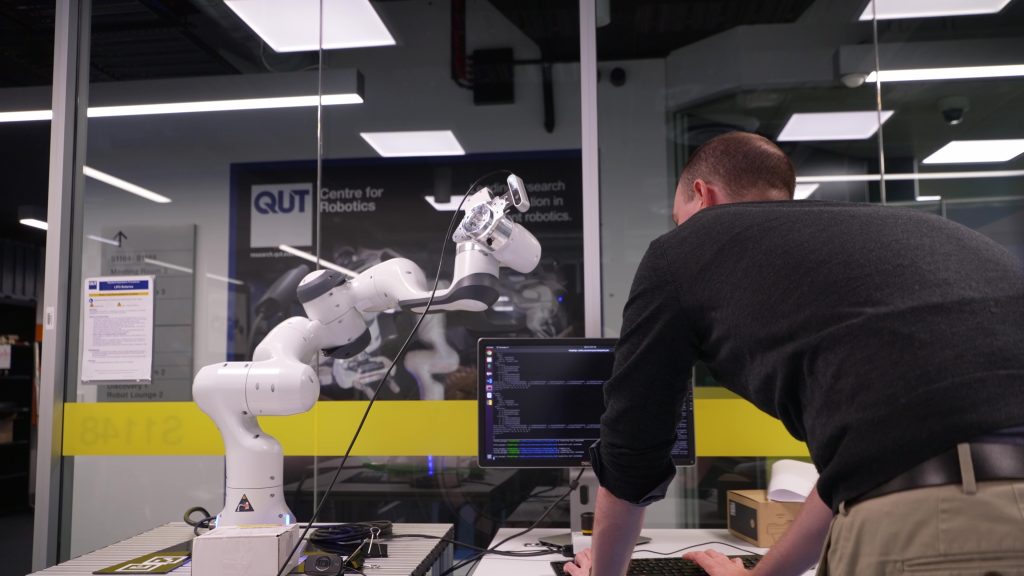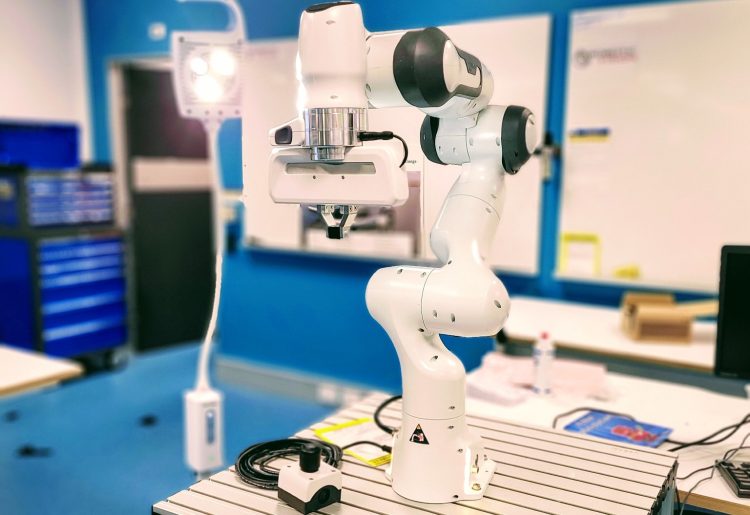
On July 20, 2022 Create magazine, one of Engineers Australia’s media publications featured an article on the center’s work from Program 2: Robot assisted testing and surgery.
Program 2 uses robotic and ultrasound technologies for studying bone and joint response due to complex loads experienced during everyday activity and for precision tracking in both human motion experiments and clinical interventions.
The article highlighted how surgical robots designed by our engineers can improve patient outcomes and reduce the need for repeat surgery.
As described in the article by Ms Sophie Deutch, “In every surgery, no matter how skilled or capable a surgeon is, there’s always some risk of human variability. As internal surgery requires the manipulation of tools through incisions as small as 10 mm, this can sometimes pose a challenge for surgeons.”
One of our key clinical partners Adj. Prof. Ashish Gupta who is driving the research and development into the use of surgical robots to perform guidewire placement for shoulder arthroscopy surgeries believes that the future of surgical practice will be defined by the engineering developments that the centre is focusing on now as “Orthopaedics is inherently tied to engineering. Nothing we do in orthopaedics is possible without engineering.”
Our robots team in Program 2 features several academics and PhD students from the Queensland University of technology, A/Prof. Saulo Martelli, Dr Jing Peng, Mr. Arun Jolly, Mr. Morgan Windsor, and Mr. Ahmed Sewify. Our expert team also features Prof. Michael Milford as one of leading CIs, Prof. Peter Pivonka from program 1, and Dr. ken Cutbush our other key clinical partner who were featured in the article.
As Michael states: “If surgeons have a robot assisting them then there is also the potential for them to be relieved of some of the cognitive load of performing a task. It would still be a collaborative process but it wouldn’t just be on the surgeon.”
Although many researchers at the centre don’t believe that AI will ever completely replace surgeons, the use of robotics and AI technology will greatly increase the safety and accuracy of several components of surgical procedures, potentially reducing surgical times and/or errors, and thus improving patient outcomes overall.
With this vision, the centre will continue with the mission of transforming and personalising patient care in the orthopaedics industry.

